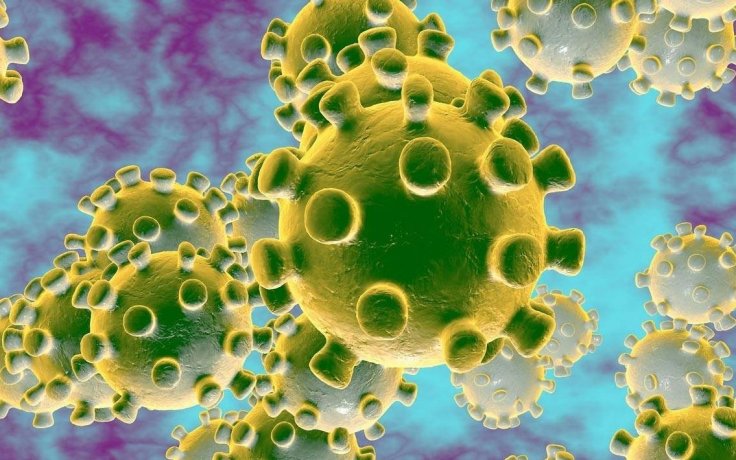Clearly, in times of a pandemic like the Coronavirus, the poor will suffer the most compared to others but the fortunes of many who are in the middle class may also undergo sea change following the disruptive nature of such outbreaks.
The novel coronavirus has already infected more than 126,200 as of Thursday, March 12, with more than 4,600 reported deaths. While containing the virus is the prime concern of all the world governments, inequality in society stares back at them, failing them constantly whether in a Communist China or capitalist Italy. Both are equally subjugated to panic when an outbreak of Covid-19 stature wreaks havoc.
Higher risk of contraction
The price of face masks and sanitizers skyrocketing, almost 20 times the normal price, the poor cannot afford self-quarantine as they are mostly dependent on common facilities shared by many others in locality. With schools shut, their children go hungry without free school meals while their parents may have to face cuts in their daily wages owing to shutdowns or lockdowns. Risk of contraction is high too!
Now that China, Italy and Iran are undergoing the worst phase, here's a look at what would happen to those who cannot afford even a decent one-day livelihood. Almost half of humanity is living on less than $5.50 a day as per the latest Oxfam report. "Every day 10,000 people die because they lack access to affordable healthcare. Each year, 100 million people are forced into extreme poverty due to healthcare costs," said the report.

Woes of a developing country
A stark example of the poor turning out to be the worst affected during the epidemics is vivid among the Indian daily wage workers who get a modest $8.1 per day and dependent upon daily work as plumbers, painters, carpenters or masons. Their women-folk join them as helpers at $4 per day, half of what men usually get. The scenario is often reflective in every poor segment of every developing economy.
Ironic, the current coronavirus outbreak may spell doom for many of them as work in many countries have come to standstill and the global economy is almost halted amid fears of contracting the deadly virus. In fact, the poor workers are often more prone to contract such virus than those who can afford to shield themselves well in advance. Moreover, the risk of not reporting symptoms due to fear of ex-communications runs high among the poor and in turn, negates the governmental action to isolate the patients.
Social Mobility Index
Simply put, social mobility is the ability of a child to experience a better life than their parents. World Economic Forum has created a new index to measure social mobility. It is measured countrywise depending on outcomes ranging from health to educational achievement and income.
WEF found that most countries underperform in four segments -- fair wages, social protection, working conditions and lifelong learning, as all these areas could be pulled down if COVID-19 hits them hard, further lowering the index. The report found that inequality is rising even in countries with rapid growth. Now that WHO has officially announced it as the coronavirus as global pandemic, new restrictive policies will be ushered in by policymakers to worsen the situation for the poor.
Dr. Irwin Redlener, the director of the National Center for Disaster Preparedness at Columbia University told the TIME magazine, "People that live their lives in constant fear of medical bills that they wouldn't be able to handle—this is putting additional stress on them."

Homeless
According to the US Department of Housing and Urban Development's 2018 Annual Homeless Assessment Report, there were around 553,000 homeless people in the United States on a given night. These masses are most vulnerable to COVID-19, and they have rates of respiratory infections far greater than in the general population, according to another study.
The elderly poor
According to Pension Rights Center, a nonprofit, the median income for retired adults aged over 65 in 2017 was less than $20,000 in the US and the data revealed that the elderly are most vulnerable to contract and die after contracting COVID-19.
Prisoners
The US prisons give an astounding account of how coronavirus may spread. According to a Bureau of Justice Statistics report, about 2.2 million adults were imprisoned at the end of 2016 in the US.
"They all open the same door, touch the same door and walk through the same narrow hallway, sit in the same small cafeteria, eat the same food, go back touch everything, and they all do recreation together," said Dr. Josiah Rich, a professor of medicine and epidemiology at Brown University in a response to TIME. The imprisoned population is an aging and chronologically ill population, who are invariably susceptible to COVID-19.
Unless governments plan comprehensively and inclusively to contain the pandemic with equal focus on the poor, no end will be visible to these cyclical threats and outbreaks.









